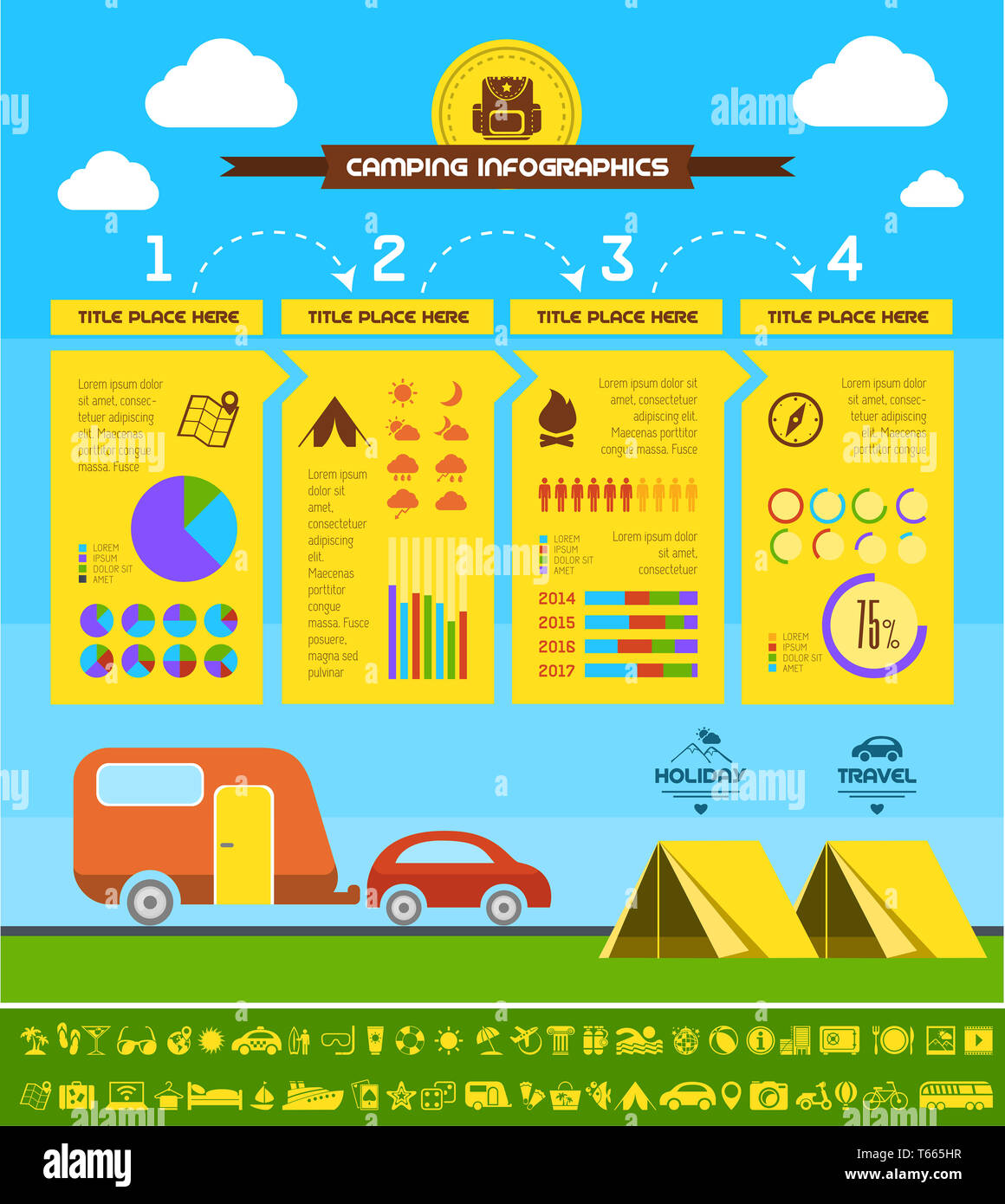While telescopes are a wonderful way to see the evening sky, binoculars are best for spur of the moment stargazing. They are small and portable, and do not call for a tripod.
How do you go camping at glamping?
Binoculars can help you pick Saturn's rings, the fragile earthshine on a crescent moon and distant Neptune, which shines greenish-bluish from methane in its environment. They also allow you observe open and globular star clusters, and pale nebulae like M17 in Sagittarius.
Magnifying
The magnifying number is the first thing to seek when shopping for field glasses. This number refers to the size of the objective lens, which establishes how bright an item appears. The bigger the lens, the brighter an item will certainly show up.
Remember that magnifying alone will not reveal more image detail; the settling power of the optics is likewise important. The smaller sized the dealing with power, the more difficult it is to separate objects that are close together.
A big magnifying can also decrease the field of view, which limits exactly how vast an area you can see at once. Be sure to inspect the "field of vision" specification on the field glasses you are considering, as even models with identical zoom can have hugely different FOV's! A greater FOV will certainly make it easier to situate and track items, especially if you're checking across the sky. It's additionally a good idea to consider whether you want your binoculars to be picture supported, which will make up for the movement of your hands and develop a single picture.
Field of view
The field of view is the amount of area that can be observed. This is a crucial variable to take into consideration when purchasing binoculars. The bigger the field of view, the more objects you will be able to see without moving the binoculars. For example, you will certainly be able to find fast-moving wild birds less complicated and quicker. It will certainly also be much easier to locate little galaxies or star clusters in huge monitorings.
The majority of binoculars will certainly present the angular and linear field of view on one of their barrels. The angular field of vision will certainly be given up degrees and the linear field of view will be specified in feet observed at 1,000 backyards or meters observed at 1,000 meters.
Occasionally the angular and linear field of vision will be noted together in a table. It is essential to note that the angular and straight fields of view will certainly be various, even when the magnification is the same.
Eyepieces
The eyepiece is the lens or group of lenses between the final image in an optical instrument and the viewer. It serves to magnify that image, and consequently identifies its magnifying.
Typical binoculars have a main emphasis wheel in between the two barrels that can be utilized to focus them on an item. They likewise have a little, stiff-turning wheel by the ideal eyepiece called a diopter to make up for distinctions between a viewer's eyes.
Field glasses can be used by short-sighted (near-sighted) and hyperopic (perceptive) customers without the need for spectacles. Nonetheless, those with serious astigmatism ought to still wear their spectacles while using field glasses. Field glasses have a larger leave pupil than telescopes, therefore it's less complicated for the individual to position their eyes in the appropriate setting for watching things. This helps to avoid blurry photos brought on by vignetting, or darkening of the picture around the side of the field of view. A larger exit student likewise permits a customer to move their eyes swiftly from one challenge an additional.
Tripods
For the best outcomes with both field glasses and telescopes you will want to use a tripod. It does not have to be an expensive video camera kind tripod either, many binoculars have what is called a tripod adapter port that accepts a typical one and is fairly economical and easy to acquire.
The major factor that astronomers use telescopes is that their larger aperture offers far better light celebration portable tent heater which enables them to see higher resolution photos of faint deep skies items, like star clusters and nebulae, while still preserving a big field of vision. Binoculars do not have this capacity and, with a tiny aperture, they can not deal with photos as sharply as a telescope.
What are the types of camping?
With the appropriate conditions, nonetheless, it is possible to appreciate checking out several huge things with a pair of field glasses. Using them to wander the summer skies for double stars, or to move stunning celebrity areas on a clear evening is an amazing experience.
